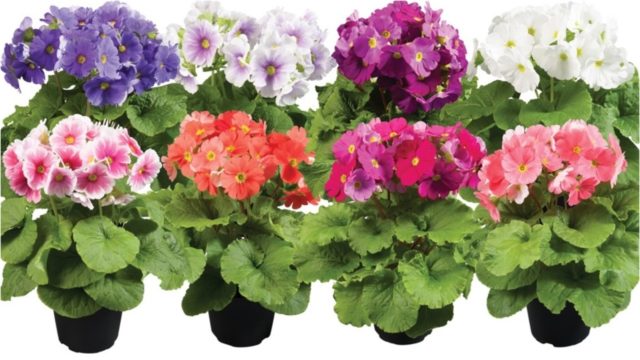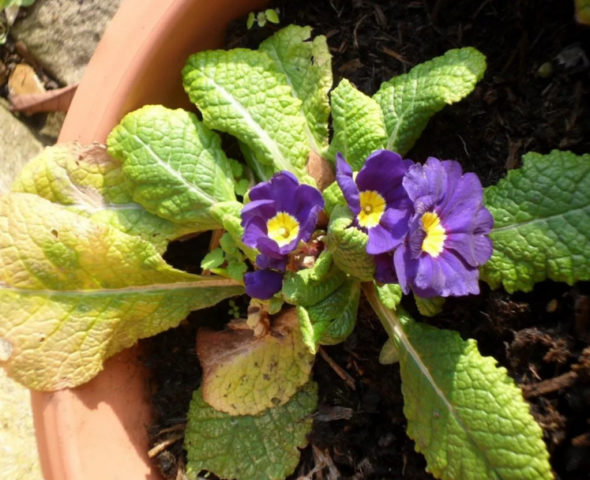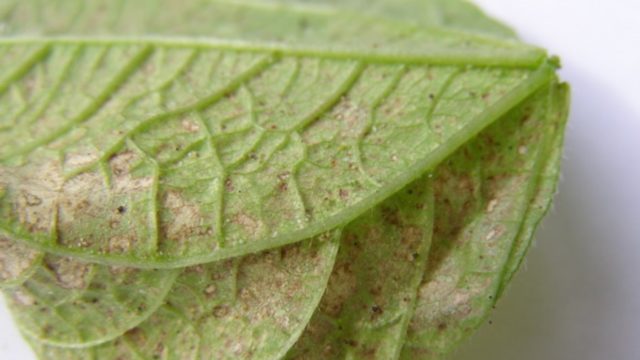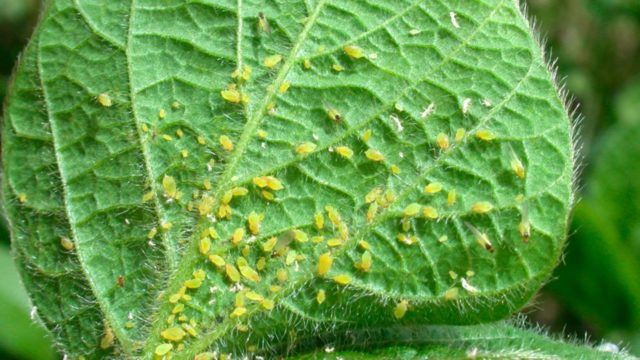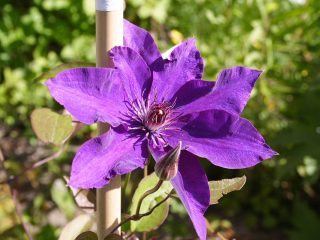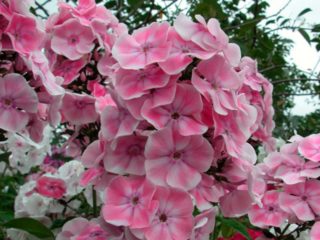Content
Primula Obkonika is a perennial herb that, unlike garden species, can bloom in indoor conditions all year round, with a short break on hot summer days. In some sources, it is called inverse conical or inverse lanceolate, which is also correct. "Obkonika" is distinguished by a wide variety of shades, but in order to achieve lush flowering, you must follow the rules of care.
Description of primrose Obkonik
Indoor primrose "Obkonika" belongs to the Primroses family, which has about 500 species. China is considered the homeland of the plant, but in natural conditions it can be found in the temperate zones of North America, Europe, Asia, as well as in the highlands of Tibet and the Himalayas.
Primula Obkonika (pictured below) is a rosette plant. The leaves of this culture are dark green, rounded, with a velvety surface and a wavy edge. The plates have long pubescent petioles. The height of the "Obkonika" in most cases does not exceed 25-35 cm, but some species can grow up to 50-60 cm.
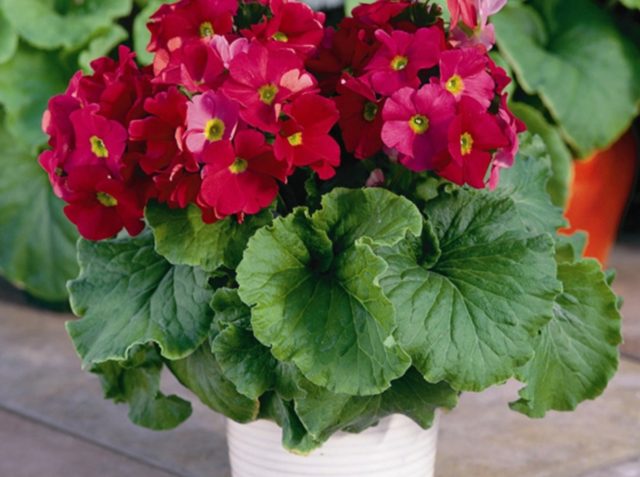
Primrose is suitable for growing in gardens and at home
Important! Primrose, unlike garden forms, does not tolerate frost, so it can only be grown as a houseplant.
The flowers of this variety are large, simple or double, their diameter reaches 6-8 cm. They are collected in inflorescences-umbrellas on long stems and rise above the rosette of leaves. An adult bush "Obkoniki" is capable of forming 10-12 peduncles at the same time. The color of the petals is very diverse. In this case, there are also two-color species with a contrasting edge or eye.
The most abundant flowering of primrose "Obkonika" is observed in the first year of cultivation, and over time the decorativeness of the plant decreases. Therefore, many growers prefer to grow indoor primrose as a one- or two-year-old plant.
This flower has been undeservedly forgotten for some time, since the traditional Obkoniki varieties contain primin, which causes an allergic reaction. This component is produced by glands located in the aerial part of the plant. And when in contact with the skin of the hands, it causes itching and redness in people prone to allergies.
But thanks to the selection carried out, new hybrids of "Obkoniki" were obtained, in which primin does not stand out. This fact contributed to the growing popularity of this indoor flower.
Primrose varieties Obkonik
On sale you can find both the flowering primrose Obkonika mix, and the seeds of this plant from Dutch producers. All of them belong to new modern varieties, so they can be grown at home without any fear.
Popular types of "Obkonika":
- Touch me. This variety in translation from English is called "touch me", which confirms the absence of primin in the petioles and leaves of the plant. This type of primrose "Obkonika" is characterized by graceful rosettes of leaves with large flowers of bright shades. The maximum decorative effect is observed in spring and autumn. In summer, flowering is scarce or absent altogether.
- Grace F This variety is characterized by a compact form of plants with a height of 20-25 cm and large flowers with a diameter of 7-8 cm. The palette of shades is very diverse: from white, blue, purple to red and pink.
- Libre F This series contains 9 different shades, among which are orange and two-tone with a contrasting rim.The plant forms many flowers with a diameter of 4 to 6 cm. This type of primrose "Obkonika" is characterized by compact bushes 25-30 cm high and 15-20 cm in diameter.
Breeding features
You can propagate the Obkonik indoor primrose by dividing the bush and seeds. The first option is suitable for preserving all the species qualities of the grown crop. The procedure is used for plants over 3 years of age. It is necessary to divide the bush after flowering. To do this, take it out of the pot and disconnect it with a knife into separate sockets. Each part of the primrose should have a growing point and well-developed roots. After that, plant the Obkoniki seedlings in separate containers.
The second breeding method is used much more often. But to get high-quality Obkoniki seedlings, you should purchase seeds from trusted producers.
Growing from seeds
For planting primrose "Obkonika" it is recommended to use wide, but shallow containers, in the bottom of which drainage holes should be provided to remove excess water. A suitable substrate can be purchased from a store labeled "For seedlings" or you can prepare your own.
In this case, you should mix:
- 1 tsp peat;
- 1 tsp sand;
- 1 tsp leafy soil.
Fill the planting containers with the resulting mixture, abundantly moisten and compact the surface. Spread the seeds of primrose "Obkonik" on top, without sprinkling with substrate, and press slightly to the ground. After that, cover the containers with foil and place in a warm, bright place with a temperature of + 20-22 ° C for germination.
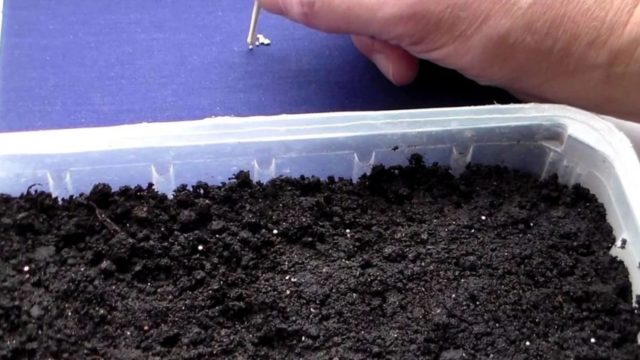
Planting seeds can be done at any time of the year
The first shoots will appear in 10-15 days. During this period, it is necessary to regularly ventilate the containers and remove the collected condensation on the foil. After seed germination, long daylight hours should be provided for 10-12 hours, therefore, if necessary, lamps should be used in the evening. It is also important to lower the maintenance regime to + 18 ° C in order to prevent the seedlings from pulling out and activate the growth of the root system.
When the seedlings grow a little and get stronger, they need to be adapted to external conditions. To do this, on the first day, it is recommended to remove the film for 30 minutes, and with each subsequent day, to increase this interval by another half hour. After a week, the Obkonika primrose seedlings can be fully opened.
When the seedlings have two true leaves, they must be dived. A wide container or seedling cassettes are suitable for this. You need to plant seedlings at a distance of 4 cm. For this, you can use a universal soil or prepare a substrate in the following proportion:
- 2 tsp turf;
- 1 tsp sand;
- 1 h. Leafy earth;
- 1 tsp peat;
- 1 tsp humus.
Seedlings after transplanting should grow in this container until the leaves close between adjacent plants. After that, you need to make a second pick and plant the primrose at a distance of 8 cm from each other. Transplanting into separate pots with a diameter of 9-10 cm should be carried out even when the leaves of the "Obkonika" close again.
How to care for Obkonik primrose at home
Many flower growers complain that the Obkonik indoor primrose has a capricious disposition. However, this is not the case if you follow the basic requirements of the plant. Therefore, in order to avoid mistakes, it is necessary to study them in advance. It is not difficult to take care of the Obkonik primrose, the main thing is to clearly follow all the recommendations.
Microclimate
Primrose "Obkonika" belongs to the category of light-loving plants, but under the influence of direct sunlight, burns appear on the leaves.
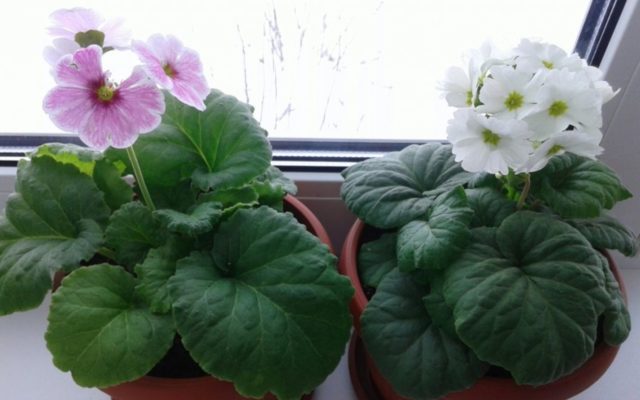
In cloudy weather, you can use a fluorescent lamp as an additional illumination
The optimum temperature for keeping is + 15-20 degrees. At the same time, it is important that during flowering the regime approaches the lower mark, as this will significantly extend this period.
If in winter additional lighting is not provided in the evening, then it is recommended to keep cool primrose "Obkonik" within + 10-15 degrees. This will allow the flower to save strength and build up its potential for the new season.
Watering and feeding
Indoor primrose does not tolerate stagnant moisture in the soil and drying out of the roots. But with a short-term drought, the situation can be corrected, even if the leaves of the plant have lost their turgor. To do this, it is necessary to saturate the earthen lump for 15 minutes. and rearrange the plant in partial shade. When the leaves are restored, the flower can be returned to its original place.
For the full development of the primrose "Obkonika" it is necessary to regularly water it as the top layer of the soil dries up. In this case, it is important that the water remains in the pan for at least 10-15 minutes so that the substrate can be saturated. After this time, the leftovers should be discarded.
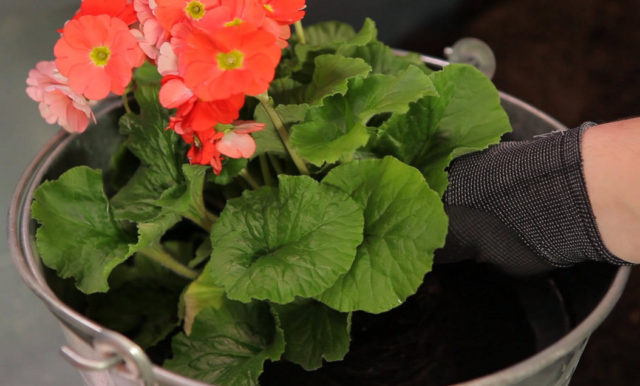
So that water does not stagnate in the pan, it must be drained 10 minutes after watering
It is recommended to use water for irrigation at room temperature.
Primrose "Obkonika" reacts poorly to excess nutrition. In this case, her leaves begin to turn yellow. Therefore, organic and mineral fertilizers should be used for flowering crops, but reducing the indicated dosage by 2 times. With sufficient lighting, feeding should be carried out 1 time in 2-3 weeks from February to September, and in the rest of the period - 1 time per month.
To prevent alkalization of the soil in the pot, which depressingly affects the primrose, it is necessary to add iron chelate once a month when watering, according to the instructions for the preparation.
Flowering care
In addition to timely watering and fertilization, faded flowers should be regularly removed during the flowering period. This will save the primrose's vigor and redirect them to the formation of new buds.
During this period, it is necessary to maintain the temperature within +15 degrees. You also need to worry about air humidity. To do this, it is recommended to place additional containers with water near the flower pot to increase evaporation.
Transfer
Reverse conical primrose must be transplanted periodically. But before carrying out the procedure, it is necessary to cut off all the old leaves of the flower.
A new pot should be selected 1-1.5 cm wider than the previous one. The composition of the substrate should be identical, as when picking young seedlings.
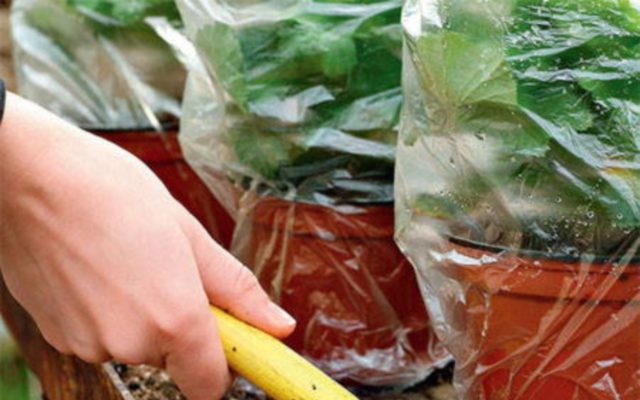
A primrose transplant must be carried out annually.
Algorithm of actions:
- Place a 1 cm high drainage layer on the bottom of the pot.
- Sprinkle a little earth on top of it.
- Remove the plant from the container.
- Slightly remove the old substrate from the roots.
- Place the flower in the center of a new container without deepening the root collar.
- Fill the voids with new nutrient medium.
- Slightly compact the surface, water.
After transplanting, the flower must be placed in partial shade and covered with a bag to create a greenhouse effect. As soon as the flower takes root and begins to grow young foliage, it must be returned to its original place.
Pests and diseases
If you follow the rules of care, primrose "Obkonika" rarely affects diseases. But if grown improperly, the flower loses its natural immunity.
Common problems:
- Gray rot. With the development of this disease, light spots appear on the leaves of the plant, which subsequently grow. The affected areas become watery and soft. This leads to disruption of metabolic processes in the tissues and the wilting of the flower.For treatment, it is necessary to remove all affected leaves and spray the plant with drugs such as Chistotsvet, Ronilan, Fundazol and Euparen.
- Root rot. At the beginning of the development of the disease, the lower row of leaves turns yellow and withers, and then the rosette completely. The cause of the lesion is stagnant moisture combined with a low room temperature. The disease cannot be treated, so diseased plants must be thrown away.
- Spider mite. This pest does not exceed 0.2 mm in length, so it is difficult to see it with the naked eye. A lesion can be recognized by small yellow dots along the edge of the leaf plate. Dry air and high room temperature are provoking factors. For destruction, it is recommended to process the flower twice at a frequency of 7 days. Effective drugs: Actellik, Fufanon, Fitoverm.
- Aphid... This small insect feeds on primrose sap. As a result of its vital activity, leaves, buds and flowers are deformed. Aphids form a whole colony, so the plant does not have the strength to withstand such a numerous invasion. For the destruction of the pest, it is recommended to spray primrose with "Inta-Vir", "Iskra", "Decis" and "Aktara".
A primrose transplant must be carried out annually.
Conclusion
Primrose Obkonika, with proper care, can decorate any home and delight with its flowering regularly. But this plant does not forgive serious mistakes. Therefore, the basic requirements of the culture should be observed, and then this flower will not cause much trouble.
